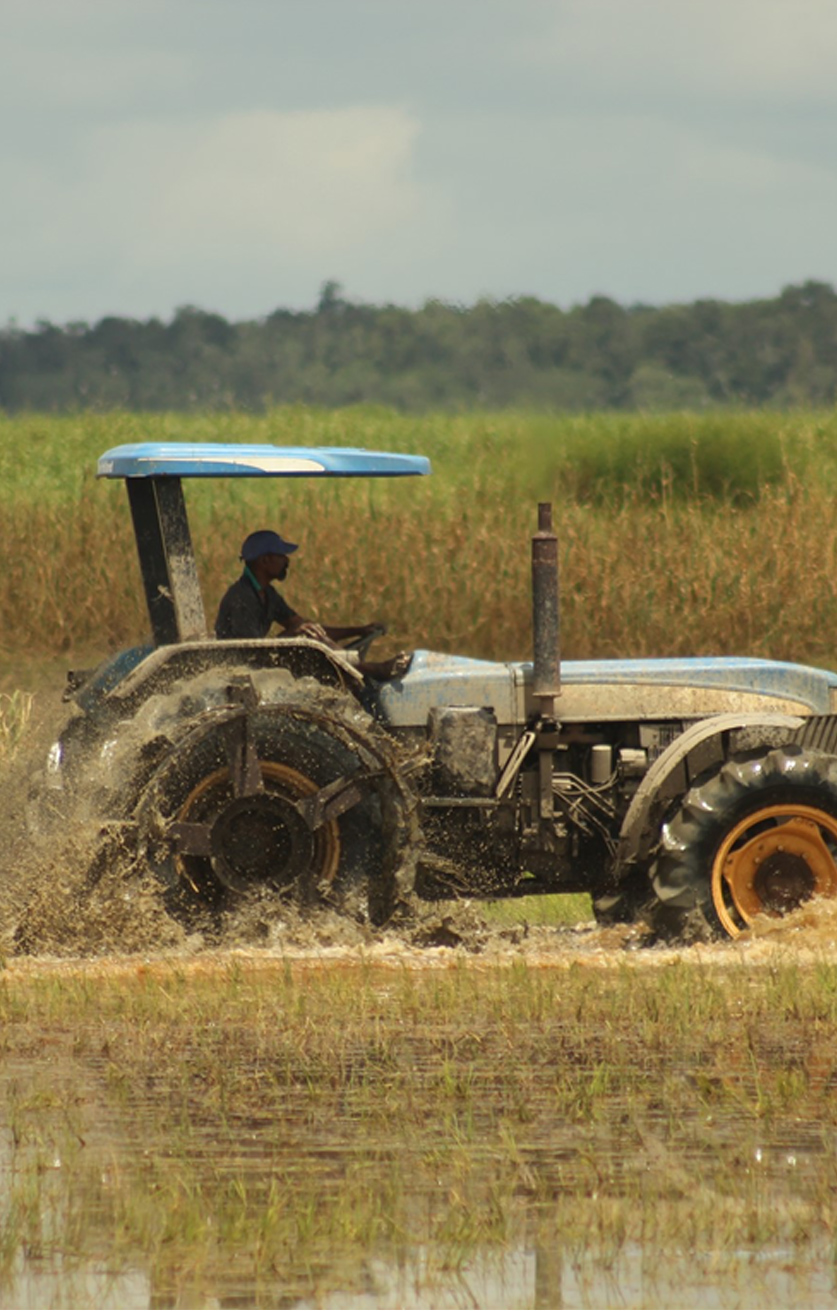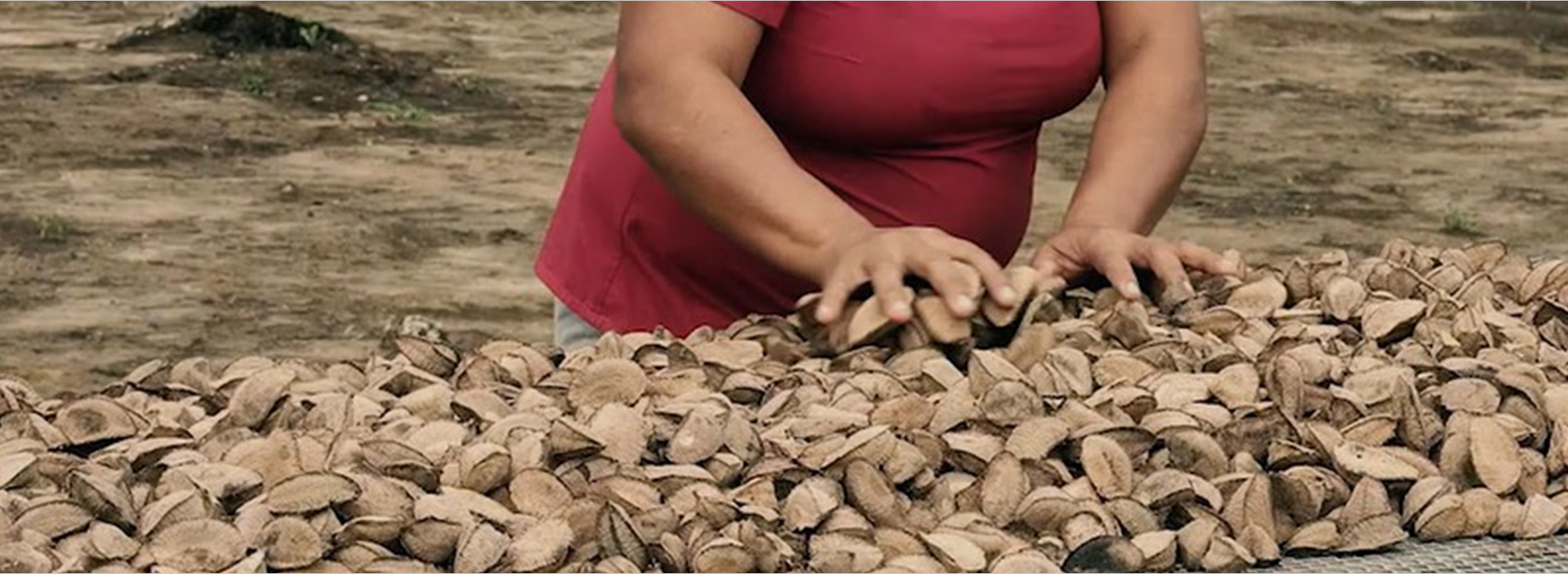
INVEST IN SURINAME: WHY TO INVEST?
Competitive advantage of Suriname
Plentiful of available landmass and vast array of fertile land for agriculture: 1.5 million hectares (85% located in coastal plans and 15% on the river terraces in the interior) are considered suitable for agricultural production but only an estimated 120.000 hectares are currently being used .
Availability of freshwater: 99 billion cubic meters of renewable internal freshwater resources in the country (2017)
Favorable climate:
Type: tropical climate with abundant rainfall, uniform temperature, and high humidity, influenced by the behavior of the Inter Tropical Convergence Zone (ITCZ).
Average temperature: 27ºC. Sun is rarely entirely absent, providing an average radiation of 450 watt/m.
Seasons: Two rainy and two dry seasons, a long rainy season from April to August, a long dry season from August to December, a short rainy season from December to February and a short dry season from February to April.
Rainfall: between 1500mm and 2500mm in each year. Suriname’s coastal zone is very fertile.
No natural disasters: placed outside the Hurricane Alley
Exceptional location: due to its strategic location, Suriname acts as a bridge between the Atlantic coastlines, as well as within the Caribbean region.
Key Trade agreements: Suriname enjoy preferential access to:
CARICOM: duty and quota-free access to the 15 member countries protected by a common external tariff
EUROPEAN UNION: after the EU-CARIFORUM EPA, there is duty and quota-free access to the EU market in all fruits and vegetables products.
Total value of exports has more than doubled between 2012 and 2018 .
Supported skills development: existence of scientific and nature-based educational programs such as:
the Het Natuurtechnisch Instituut trainin programs
the Anton de Kom Universiteit van Suriname : Studies on Agricultural Production
the Polytechnic College Suriname: Studies in Agronomic and Agribusiness Management; Food technology; and Agronomy.




 Type: tropical climate with abundant rainfall, uniform temperature, and high humidity, influenced by the behavior of the Inter Tropical Convergence Zone (ITCZ).
Type: tropical climate with abundant rainfall, uniform temperature, and high humidity, influenced by the behavior of the Inter Tropical Convergence Zone (ITCZ). Most important agricultural crop in Suriname it occupies most of the area currently under cultivation, especially in the western coastal districts
Most important agricultural crop in Suriname it occupies most of the area currently under cultivation, especially in the western coastal districts